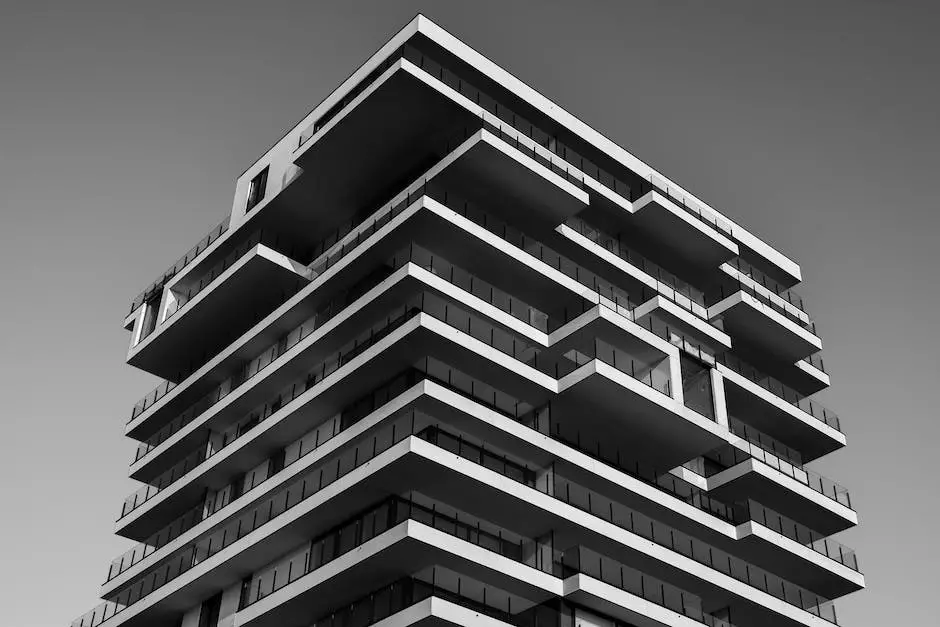
Nestled in the Lerma Valley, Salta, Argentina, is a city where the past whispers to you through its architecture. It’s a place where colonial buildings rub shoulders with modern constructions, creating a tapestry of design that’s as rich as the history it represents. As I meander through the cobblestone streets, I can’t help but feel transported through time, with each architectural marvel telling its own story.
The Colonial Heartbeat
Salta’s heart beats strongest in its colonial center, where Spanish influences are evident in the intricate facades and grand plazas. The Cathedral of Salta, with its pink towers and detailed portico, is a testament to the grandeur of the past. It’s not just a building; it’s a cornerstone of Salta’s identity, reflecting the religious fervor of the era.
Indigenous Influences
But to think of Salta’s architecture as purely European would be to miss half the story. Indigenous cultures have left their mark too. The use of local materials and traditional building techniques can be seen in older structures, providing a glimpse into a time when the area was a melting pot of cultural influences.
The Rise of Neoclassicism
As time marched on, Salta saw the rise of neoclassical architecture. The MAAM (Museum of High Altitude Archaeology) showcases this style beautifully. Its facade, with strong columns and pediments, speaks of a city that was looking to Europe for inspiration yet was still deeply rooted in its own culture and traditions.
Modern Movements
Fast forward to the 20th century, and modernist architecture began to emerge. New materials like concrete and steel allowed for more experimental designs. Buildings like the Salta Provincial Theatre broke away from traditional forms, showcasing cleaner lines and a more minimalist aesthetic.
Preservation and Progress
Today, Salta faces the challenge of preserving its architectural heritage while accommodating modern needs. Efforts to maintain historical buildings are evident, but so is the desire to innovate. It’s a delicate balance, but one that Salta seems to be managing with grace and care.
Salta’s Parks and Public Spaces
It’s not just the buildings that tell the story of Salta’s architectural evolution. The city’s parks and public spaces reflect a commitment to community and leisure that spans centuries. San Martin Park, with its lush greenery and meandering paths, is a perfect example of this blend of nature and design.
FAQs
What architectural styles are prevalent in Salta?
Salta boasts a mix of colonial, neoclassical, and modernist architecture. The city’s rich history is reflected in its diverse buildings, from the ornate Cathedral of Salta to the sleek lines of contemporary structures.
How has indigenous architecture influenced Salta?
Indigenous architecture in Salta is seen in the use of local materials and traditional construction methods. This influence adds a unique layer to the city’s architectural tapestry, blending seamlessly with European styles.
Are there any efforts to preserve Salta’s historical architecture?
Yes, preservation efforts are ongoing in Salta. The city understands the value of its architectural heritage and works to maintain historical buildings while integrating new, modern structures.
Conclusion
In conclusion, Salta’s architecture is a journey through time. From the colonial splendors that speak of a bygone era to the modernist structures that point to the future, the city’s buildings are a testament to its evolving identity. Salta’s parks, like San Martin Park, serve as green oases that complement the urban landscape, offering a harmonious blend of nature and design. This rich architectural heritage is not just preserved; it’s celebrated and continues to evolve, ensuring that Salta remains a vibrant, living museum of design.
For those looking to delve into the heart of Argentina’s architectural evolution, Salta is a destination that does not disappoint. It’s a city where every corner holds a story, every building a memory. And for us, as we walk through its streets, we become part of that story, witnesses to the beauty and resilience of Salta’s architecture.